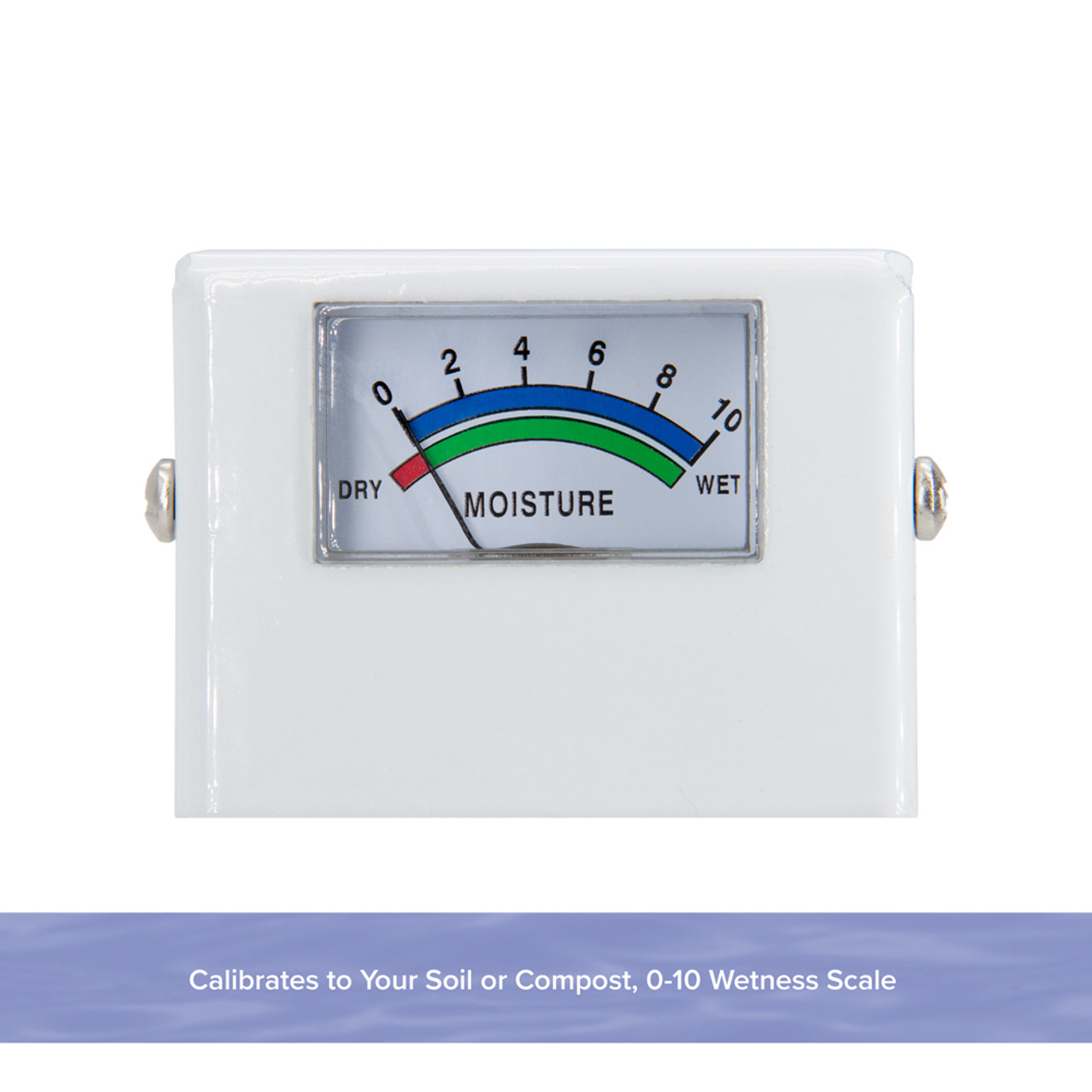The Scientific Research Behind Moisture Meters: Exactly How They Function and Why They're Necessary
The Scientific Research Behind Moisture Meters: Exactly How They Function and Why They're Necessary
Blog Article
Understanding the Relevance of a Moisture Meter in Preventing Mold and Water Damages in Your Home
In the world of home maintenance, the presence of dampness can usually be a silent yet powerful foe, capable of creating prevalent mold and mildew development and insidious water damages if left untreated. Understanding the value of a moisture meter in this battle is not just an option however a strategic necessity.
Value of Moisture Detection
Reliable moisture detection techniques are vital for guarding residential or commercial properties and protecting against prospective mold development and water damage. Wetness can permeate right into various building materials, resulting in structural issues and carcinogen. By making use of a moisture meter, homeowner can proactively determine areas vulnerable to excess dampness, permitting prompt treatment and mitigation techniques.
Moisture meters supply exact analyses of wetness degrees in different products such as drywall, wood, and concrete. This data helps in pinpointing areas of concern, also in hidden or hard-to-reach places. Early detection of wetness buildup enables prompt fixings or changes to avoid more damages.

Just How Moisture Meters Job
Dampness meters play a critical function in the positive identification of excess moisture, aiding in the prevention of prospective mold development and water damages by offering exact readings of dampness levels in different building materials. These gadgets function based upon different concepts, depending upon their type. Moisture Meter. Pin-type dampness meters, for instance, have two pins that permeate the material to measure the electric resistance between them. When dampness exists, it boosts the product's conductivity, bring about a reduced resistance analysis. Pinless wetness meters, on the various other hand, use electromagnetic sensing units to scan the product without triggering damage. These sensors produce electromagnetic signals that permeate the material and gauge the dielectric residential properties, indicating dampness material. Some advanced moisture meters pin both incorporate and pinless technologies for thorough moisture detection. Comprehending just how moisture meters function is necessary for timely and precise dampness degree analyses, enabling efficient preventative measures against mold and water damage.
Finding Early Caution Signs
Upon preliminary assessment of a home, identifying subtle signs of excess dampness becomes important in the very early detection of potential mold and mildew development and water damages. Water stains can indicate leakages or seepage, while peeling paint or wallpaper might be an outcome of dampness compromising the bond of these products to the surface area. In addition, an increase in allergy signs or breathing problems amongst owners might suggest the presence of mold due to excess moisture.
Stopping Mold And Mildew Development
Acknowledging early indication of excess moisture within a residential or commercial property not only enables prompt discovery of possible mold and mildew growth and water damage yet additionally functions as a additional info positive step in preventing the proliferation of mold and mildew. To properly protect against mold and mildew growth, it is important to deal with any resources of moisture without delay. This can include dealing with leakages in roofing systems, pipes, or home windows, ensuring correct ventilation in wet areas like washrooms and kitchen areas, and using dehumidifiers in high-humidity rooms. On a regular basis maintaining the building and examining's pipes, roof, and rain gutters can also assist in preventing water invasion that can result in mold and mildew development.
Monitoring moisture degrees in areas prone to dampness, such as cellars and crawl spaces, using a dampness meter can additionally help in early discovery of raised wetness levels and possible mold growth - Moisture Meter. By taking aggressive steps to prevent excess dampness and mold and mildew growth, home owners can secure their home and indoor air top quality.
Benefits of Regular Surveillance
Normal monitoring of wetness degrees in a residential or commercial property can play a critical role in maintaining a healthy indoor atmosphere and stopping possible mold and mildew and water damages. By consistently checking moisture levels, homeowners can spot any type of problems immediately and take needed activities to protect against mold and mildew development and water damages.
In addition, normal surveillance permits homeowners to track patterns and trends in moisture levels in time. By establishing a baseline and monitoring changes, people can identify any areas of problem or possible vulnerabilities in look at this website the residential property's framework. This data-driven method enables targeted interventions and maintenance efforts to resolve underlying concerns prior to they escalate into even more considerable problems. Ultimately, the regular surveillance of wetness levels encourages house owners to safeguard their home, safeguard their wellness, and protect the integrity of their interior atmosphere.

Verdict

By using a dampness meter, residential or commercial property owners can proactively determine locations susceptible to excess wetness, permitting for prompt treatment and reduction approaches.

Checking dampness degrees in areas prone to dampness, such as cellars and creep rooms, making use of a dampness meter can likewise assist in very early detection of elevated wetness degrees and potential mold development. (Moisture Meter)
Report this page